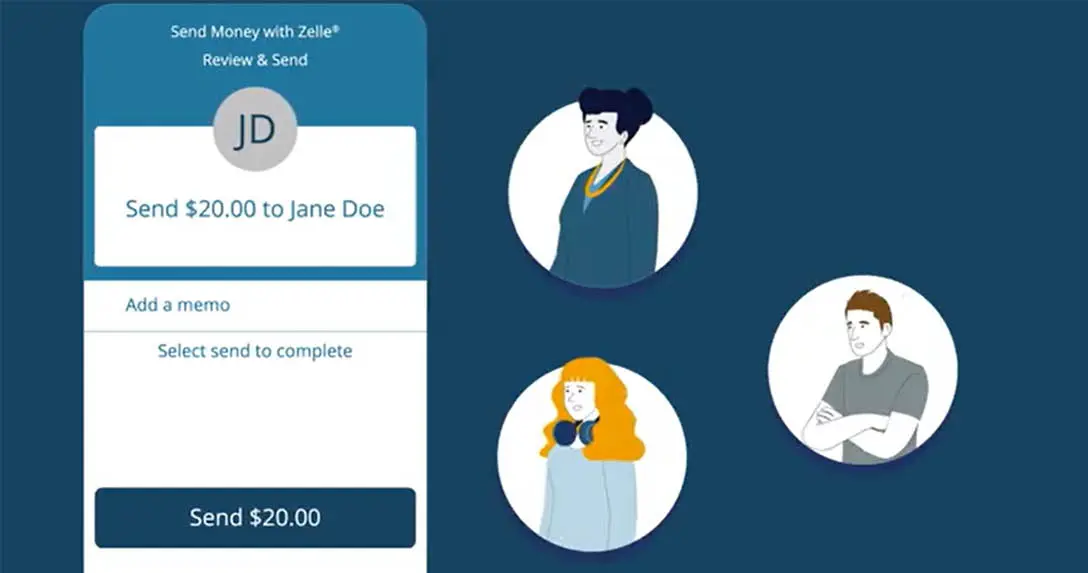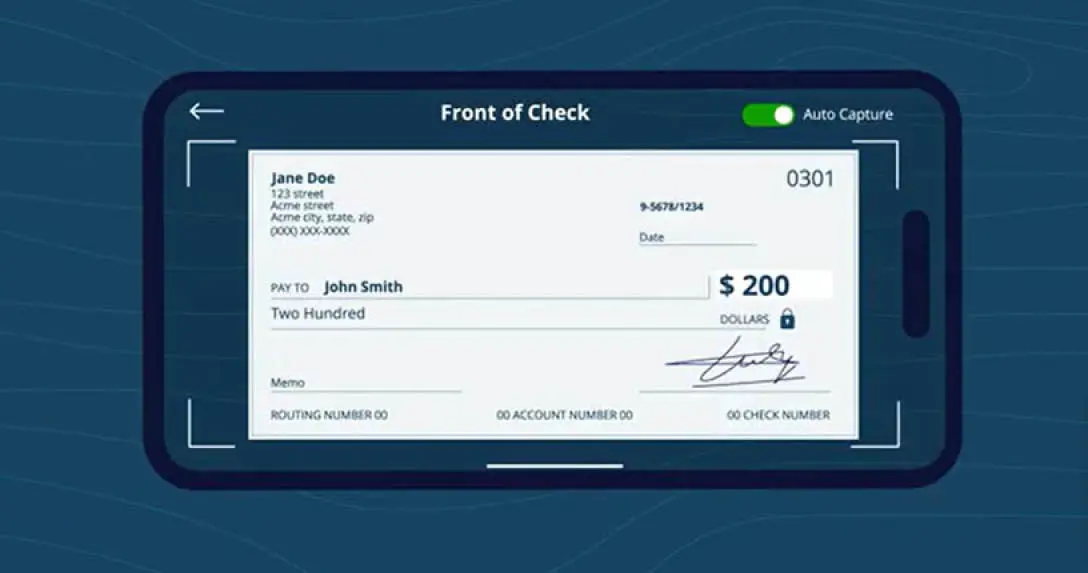
FDIC-Insured - Backed by the full faith and credit of the U.S. Government

FDIC-Insured - Backed by the full faith and credit of the U.S. Government
 VIEW ALL EDUCATION & INSIGHTS
VIEW ALL EDUCATION & INSIGHTS
February 06, 2015
4 Marketing Tips to Engage Millennials

Who Are Millennials?
Millennials, age 18 through 34, comprise 27% of the U.S. population. At 77 million strong, they’re a product of the world they grew up in. They’re a diverse, tech-savvy, educated group with buying power.
What Brands Should Know About Millennials
Engaging and motivating this media-savvy generation requires an approach that marketers have traditionally not embraced . . . an approach that’s more about authenticity and transparency and less about interception.
Millennials are always multi-tasking . . . many of them multi-task using multiple screens and multiple devices at the same time. This is a generation that grew up with the Internet. They’re used to checking online before buying something. And, they expect a seamless online experience regardless of the device they’re using.
Another consequence of growing up with the Internet is that Millennials prefer democratic, collaborative processes. They love being part of a team . . . they want to participate and they want their views to be heard.
4 Tips To Engage Millennials
1. Create experiences.
Millennials buy stuff for reasons that are different from GenX and Baby Boomers. They buy things they can tell others about. They buy things because of what those purchases say about them. This explains why Millennials spend money on experiences.
The traditional advertising route won’t work with Millennials. Brands that are engaging Millennials are shifting their marketing dollars to events where Millennials can experience the brand. Chipotle is engaging Millennials through offline and online events.
In 2011, Chipotle launched Cultivate -- Food, Ideas & Music Festival. In the first year, more than 17,000 attended and attendance continues to grow. The Festival features live music and chefs from around the country. Attendees are also educated about responsible farming.
Chipotle’s content marketing takes on industrial farming with their video "Back to the Start," which depicts the life of a farmer as he slowly turns his family farm into an industrial animal factory before seeing the error of his ways and opting for a more sustainable future.
Chipotle’s offline and online experiences motivate Millennials to have a relationship with Chipotle . . . to eat at Chipotle, share Chipotle stories with their friends, and collaborate in advocating for the importance of developing a sustainable food system.
2. Support causes that are important to Millennials.
Millennials are constantly on the lookout for brands that align with their values and allow them to actively make a difference in their everyday lives. TOMS is doing a great job with this type of marketing.
The TOMS "One for One" campaign is one of the most successful cause brand campaigns. TOMS is winning with Millennials by engaging them in innovative ways, encouraging them to share their stories, and marketing a cause that’s different.
The TOMS “One for One” campaign is so successful with Millennials because TOMS provides an individualized toolkit for participation and Millennials are encouraged to share their stories and engage in open dialogues about the cause instead of the product. TOMS is now considered a movement by Millennials . . . not just a company.
3. Provide opportunities for them to interact.
Millennials have the need to share their lives online and in-person with friends, family, and the general public.
Starbucks is doing a great job with this! Campaigns like Tweet-a-Coffee and the Starbucks app allow Millennials to use social media to share coffee and connect with each other. Starbucks locations encourage face-to-face interactions with their cozy seating arrangements and high-top tables that create a feeling of community. Starbucks Millennial marketing is successful . . . it ranks highly among Millennials in terms of brand equity, according to Goldman Sachs.
4. Include them in decision-making.
As Millennials age, it will be crucial for brands to continue conversations with them using insight communities and other engagement tools.
Millennials want to be included in the decision-making process beyond focus groups or social media. They want to be brought in as respected thought leaders to help contribute ideas and develop concepts and strategies. They want to get their voices heard in the early stages of a campaign or new product development.
Using These Tips To Engage Millennials
I know what you’re thinking, “My brand isn’t as large or well-known as Chipotle, TOMS, or Starbucks!” However, if you want to engage Millennials, your brand needs to create experiences, support causes that are important to them, provide opportunities for them to interact, and include them in decision-making.
Your Brand Exercise
Invite your brand team and some Millennials to participate in an ideation session (2 hours). Separate the group into 2-3 teams and ask them to develop ideas to address each of the 4 marketing tips I’ve shared. Introduce the 1st tip and ask each team to capture their ideas. Have them post their work on large Post-it-Note pad pages that are posted on the walls. After 20 minutes, ask them to share with the group. Then, ask the group to vote on the top 3 to consider developing.
Continue this process for each of the 3 other tips. At the end of the session, you’ll have 12 ideas of how your brand can engage Millennials. Ask the group to vote on the top 4 (one from each tip) to begin in 2015. You don’t have to implement all 4 in 2015, but you should develop an Action Plan to roll out each of the 4 over the next 3 years (or whatever the time period is for your Strategic Plan).
The Action Plan can be developed after the ideation session. But you must leave the session knowing which 1 tip your brand will develop this year. If you need help facilitating this session, just let me know. And, of course, Provident Bank can help you with financing to put new ideas into place and grow your business.
Fran Lytle is a Behaviorist, Brand Strategist, & Co-founder of Brand Champs which helps brands connect with people. She can be reached on LinkedIn, Twitter, & Google+. Fran shares actionable insights on the Brand Champs Blog, Facebook, & LinkedIn pages.








 Views
Views



 Go Back
Go Back











